Part Analysis
| General Data | |
| Manufacturer (OEM) | Andyson |
| PCB Type | Double-Sided |
| Primary Side | |
| Transient Filter | 4x Y caps, 2x X caps, 2x CM chokes, 1x MOV |
| Inrush Protection | 1x NTC Thermistor SCK 201R5 (1.5 ohm) & Relay |
| Bridge Rectifier(s) |
2x GBU806 (600V, 8A @ 100°C)
|
| APFC MOSFETs |
2x PingWei PWE180N65SFMF (650V, 13A @ 100°C, Rds(on): 180mOhm)
|
| APFC Boost Diode |
1x Global Power G4S06508AT (650V, 8A @ 153°C)
|
| Bulk Cap(s) |
1x Nippon Chemi-con (400V, 390uF, 2,000h @ 105°C, KMR)
|
| Main Switchers |
2x SI24N50F
|
| APFC Controller | |
| Resonant Controller |
Champion CM6901T6X
|
| Topology |
Primary side: APFC, Half-Bridge & LLC Resonant converter
Secondary side: [12V] Synchronous Rectification & [Minor Rails] DC-DC converters |
| Secondary Side | |
| +12V MOSFETs | 4x PingWei PWC012N04ES (40V, 132A @ 100°C, Rds(on): 1.2mOhm) |
| 5V & 3.3V | DC-DC Converters: 2x WayOn WMO190N03TS (30V, 120A @ 100°C, Rds(on): 2.8mOhm) & 2x WayOn WMB15N03TS (30V, 95A @ 100°C, Rds(on): 3mOhm) PWM Controller(s): 2x Anpec APW7164 |
| Filtering Capacitors | Electrolytic: 1x Nippon Chemi-con (4-10,000h @105°C, KY) 1x Nichicon (6,000h @105°C, HV(M)) 5x Rubycon (6-10,000h @105°C, ZLH) 2x Rubycon (4-10,000h @105°C, YXF) 2x Rubycon (4-10,000h @105°C, YXJ) 4x CS (2,000h @ 105°C, WR) Polymer: 20x Polycap, 1x Teapo |
| Supervisor IC | Esthome EST.7630FS |
| Fan Model | Poweryear PY-1225M12S (120mm, 12V, 0.26A, Sleeve Bearing Fan). |
| 5VSB | |
| Rectifier | |
| Standby PWM Controller |
Esthome EST.3026M
|
In contrast to the 1000W model, which is built on a Channel Well Technology (CWT) platform, the lower-wattage models in the same series are produced by Andyson. The reason behind SilverStone’s choice of a different OEM for the 1000W unit, distinguishing it from the rest of the lineup, is unclear, but it’s likely tied to cost considerations. Notably, Andyson has been offering highly competitive pricing to re-establish itself in the PSU market and gain more customers.
The compact PCB features significant empty space, as the 12V FETs are mounted on a vertical board, similar to the FETs regulating the 5V rail. The 3.3V rail’s regulation circuit is located on the main PCB’s active side. On the secondary side, there are a few electrolytic filtering capacitors, as Andyson predominantly uses polymer capacitors, which, despite their reliability, lack sufficient capacity to enhance performance during transient loads. Regarding the platform’s design, the primary side features an APFC converter, a half-bridge topology, and an LLC resonant converter for the primary and 12V FETs. The secondary side employs a synchronous rectification scheme and a pair of VRMs to generate the minor rails. Unlike the 1000W model, which operates on a different platform, the fan in these models lacks a dedicated controller for optimized speed management.
The transient filtering stage contains all the necessary components to block both incoming and outgoing EMI emissions. Typically, it starts at the AC receptacle and continues on the main PCB.
There is an MOV to protect from voltage surges and an NTC thermistor. Moreover, a bypass relay supports the NTC thermistor.
The two GBU806 parallel bridge rectifiers can handle up to 30A together.
The APFC converter uses two PingWei PWE180N65SFMF FETs and one Global Power G4S06508AT boost diode. Chemi-Con manufactures the bulk capacitor, with a capacity of 470uF. It is rated for 2,000 hours at 105 °C. Its voltage rating is borderline at 400V, given that the APFC’s DC bus voltage is approximately 380V DC.
The APFC controller is a Champion CM6500UNX. A CM03AX supports it for reduced vampire power.
The two SI24N50F primary switching FETs are installed in a half-bridge topology, and an LLC resonant converter is used to achieve higher efficiency.
The LLC resonant controller is a Champion CM6901X.
The PSU’s main transformer. One of its main functions is to electrically isolate the primary and secondary sides.
Four PingWei PWC012N04ES FETs regulate the 12V rail. They are installed on a daughter board residing next to the main transformer to minimize energy losses.
Two DC-DC converters generate the minor rails. They use two WayOn WMO190N03TS and two WayOn WMB15N03TS FETs. There are also two Anpec APW7164 controllers. The reason the VRMs use a pair of controllers is because they are not in the same region. One of them, which handles the 5V rail, is on a daughter board, while the 3.3V regulation circuit is on the PCB.
Rubycon, Chemi-Con, and CS provide the electrolytic caps. The polymer caps are by Polycap and Teapo.
You can find more information about capacitor performance and other specs below:
The standby PWM controller is an Esthome EST.3026M. The primary rectifier of the standby rail is Pingwei PS1045L.
Several polymer caps at the face of the modular panel form an extra ripple-filtering layer. There are also five electrolytic caps installed in this area.
The soldering quality is average in some areas but decent in the rest.
The supervisor IC is an Esthome EST.7630FS.
The cooling fan is a Poweryear PY-1225M12S, utilizing a sleeve bearing, as specified in the found specs. The 850W model uses the high-speed version of this fan (PY-1225H12S).
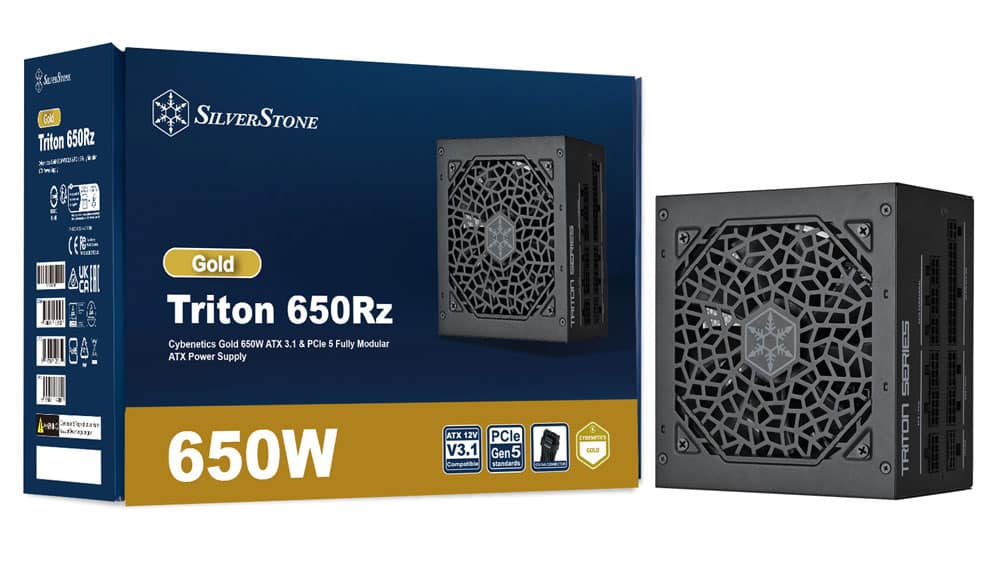
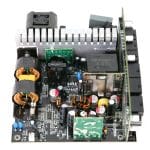
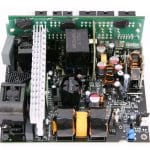
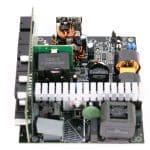

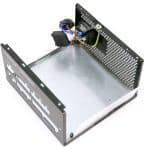
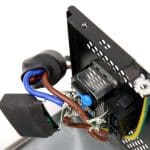
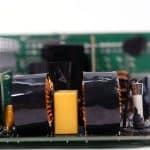
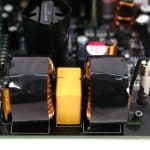
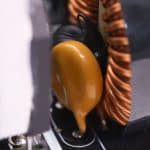
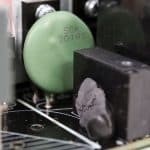
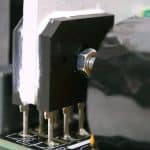
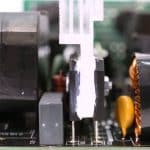

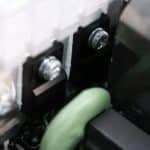
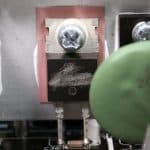
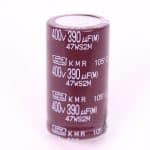
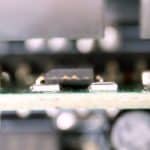
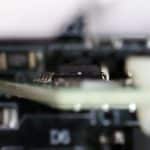
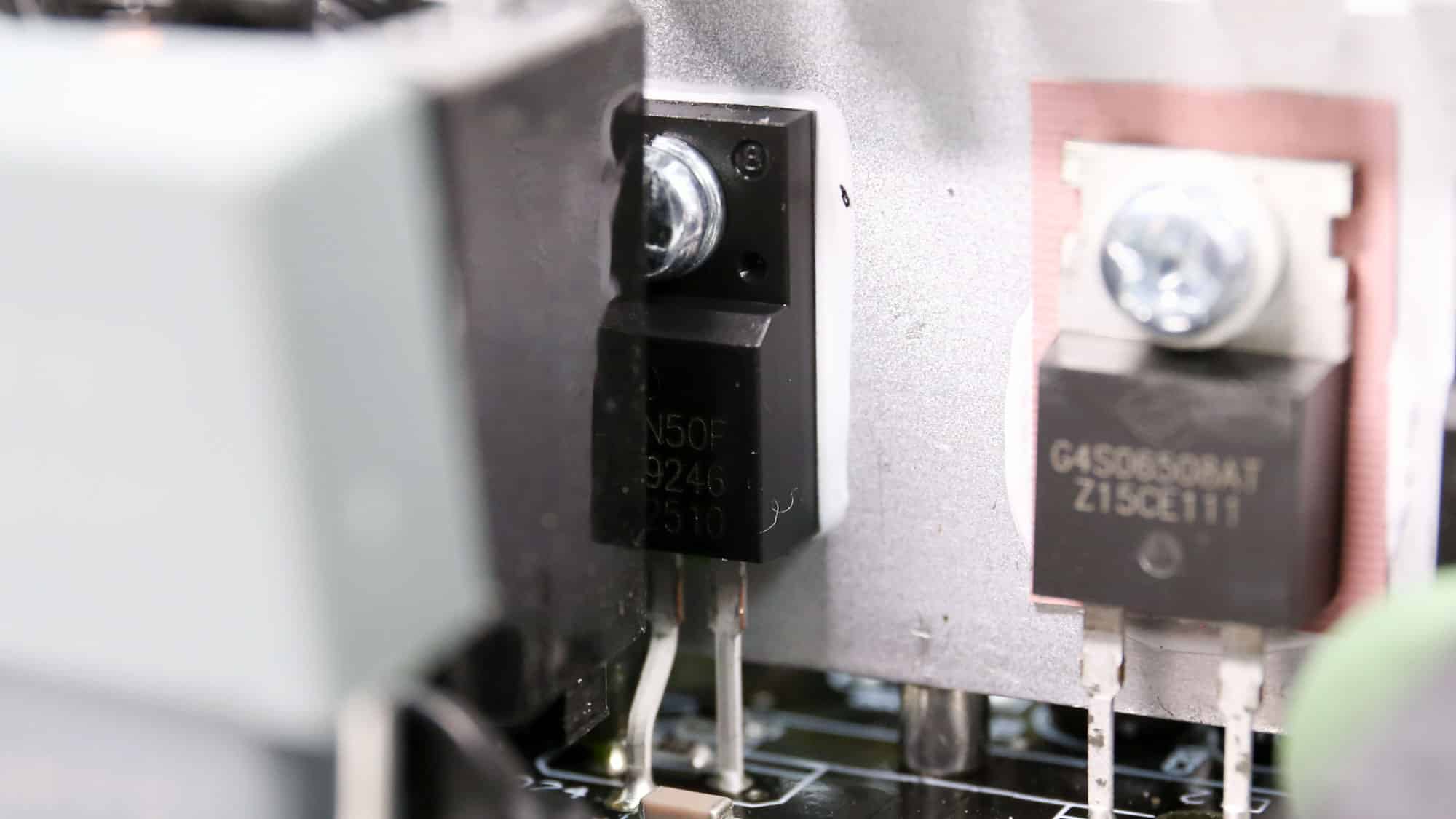
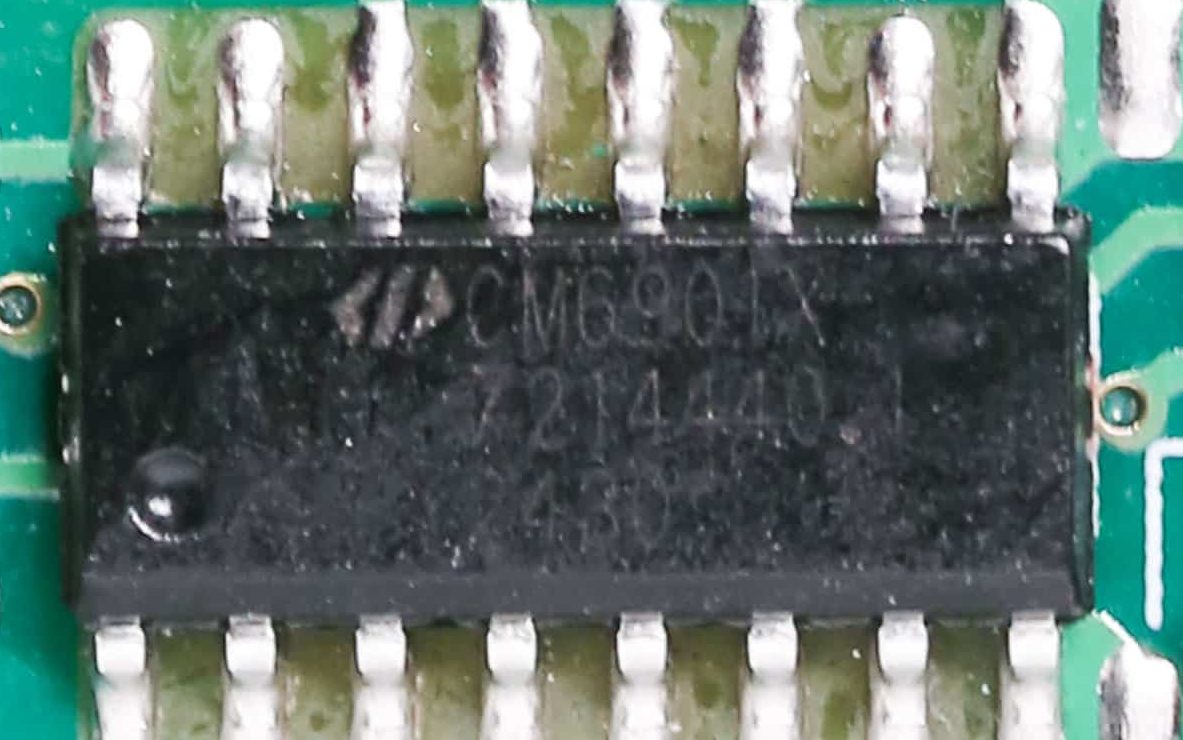
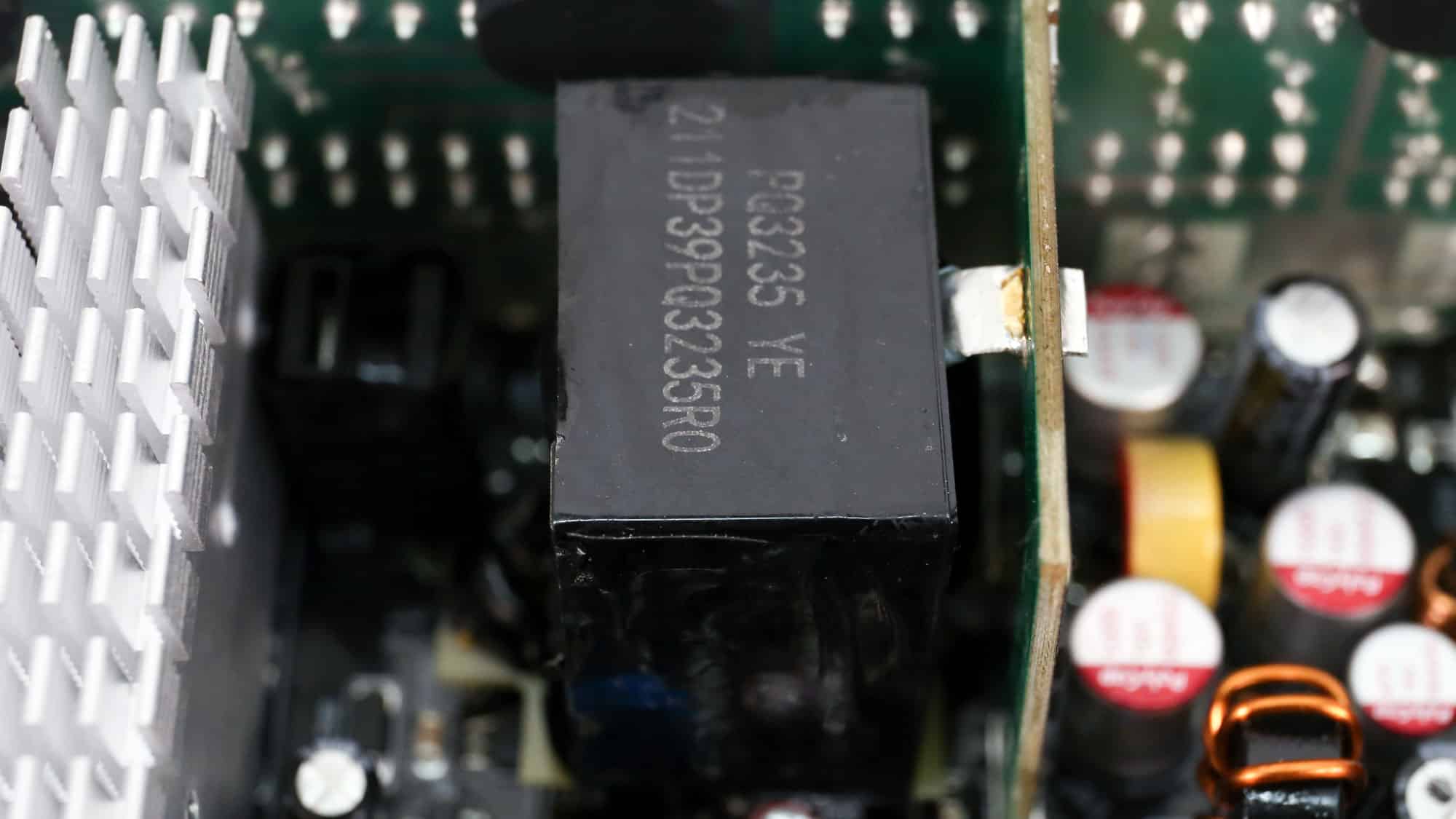
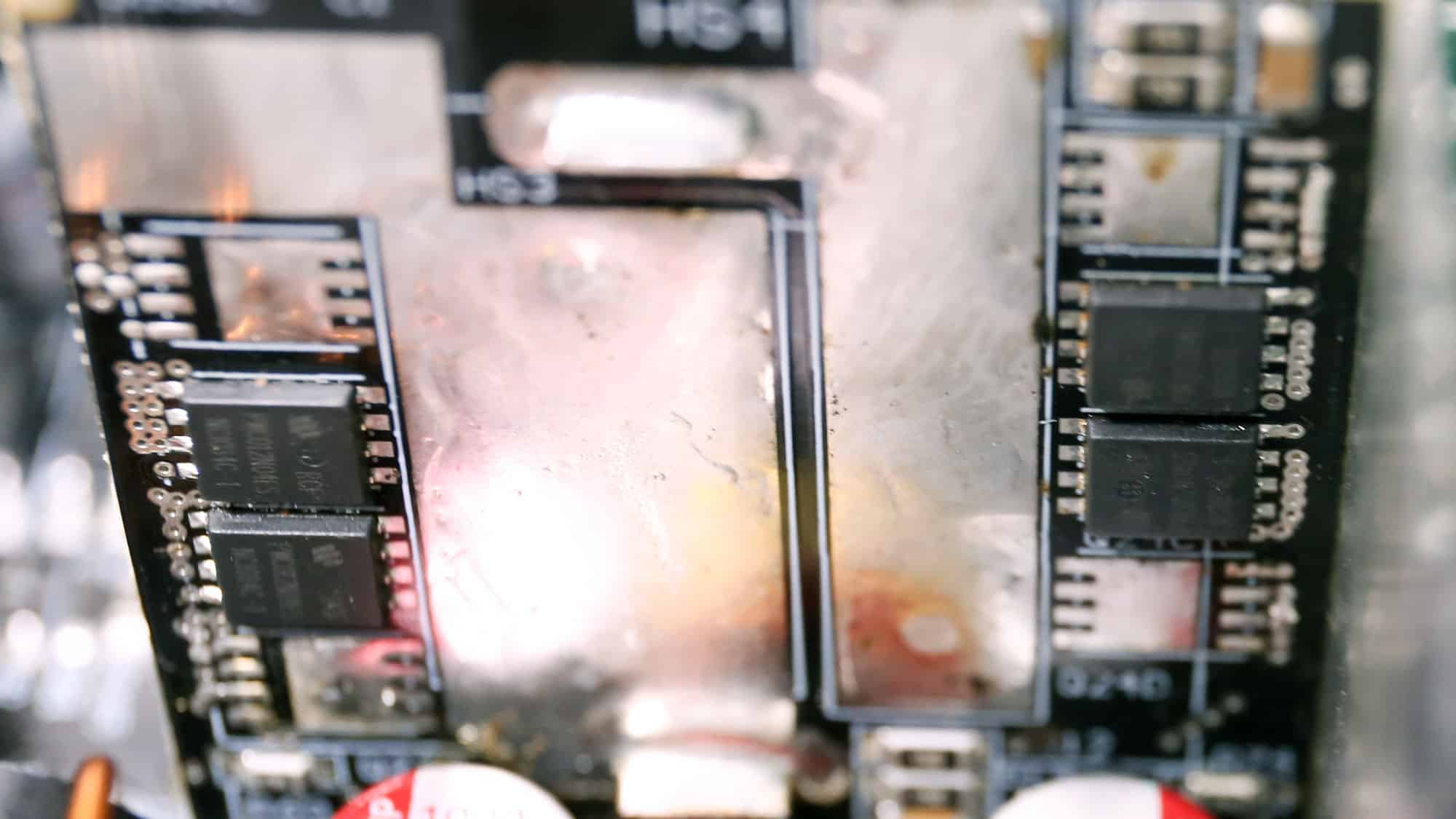
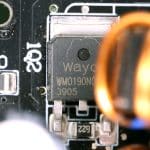
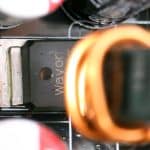
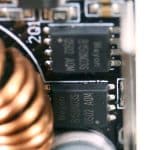
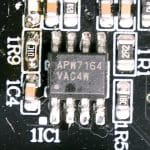
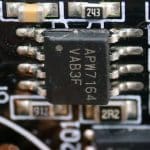
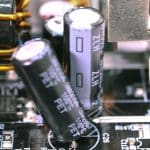
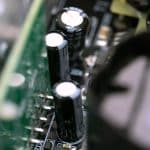
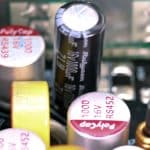
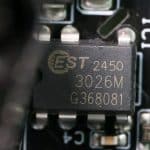
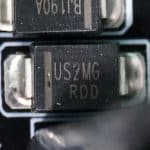
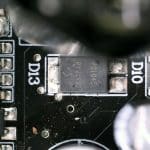
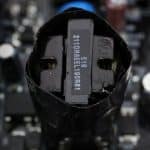
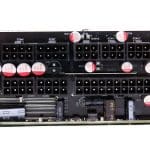
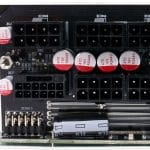

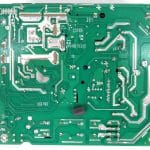
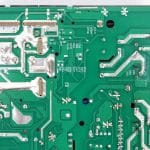
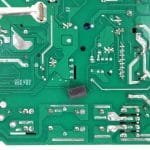
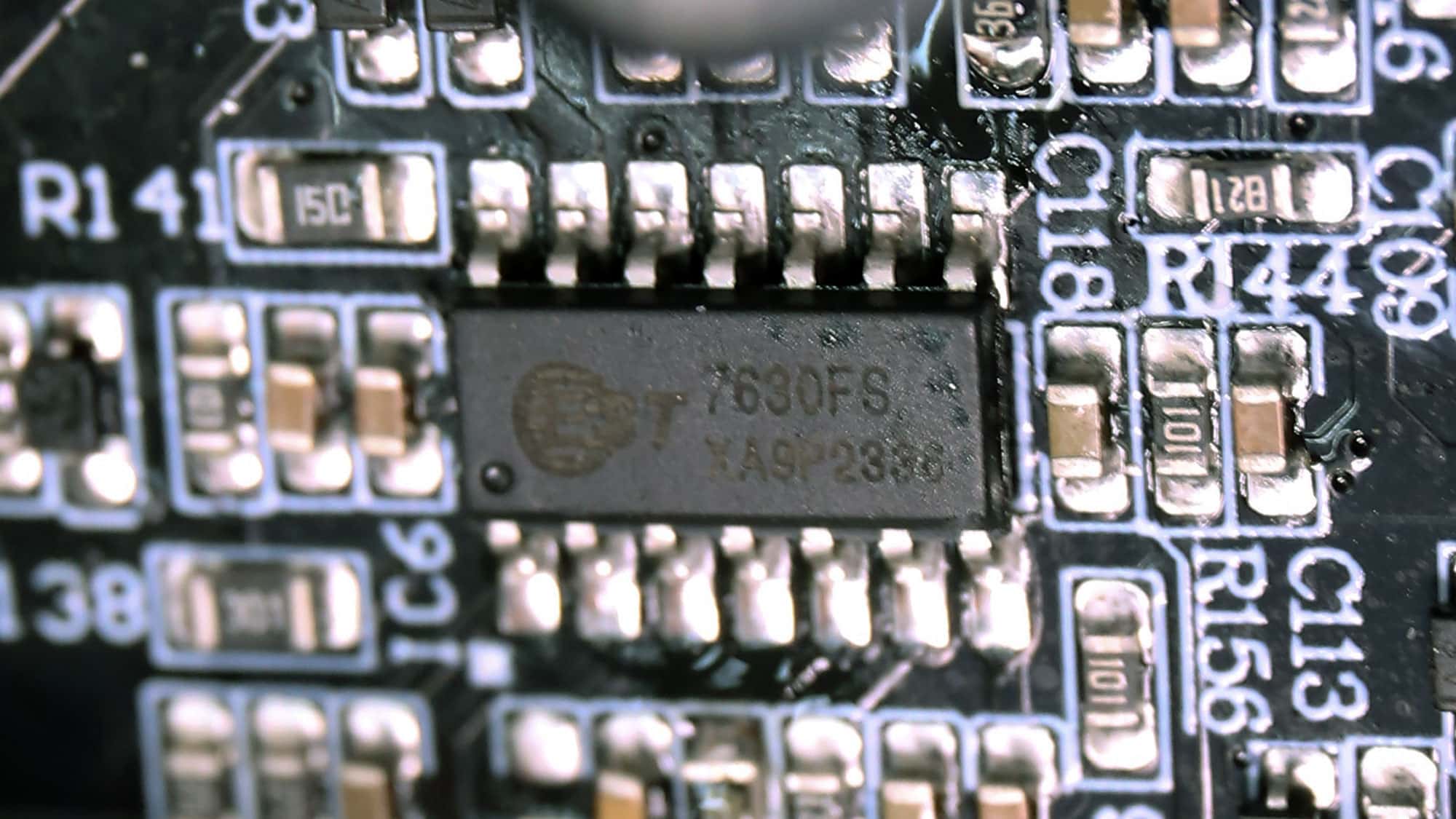
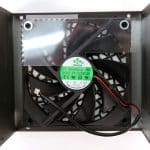
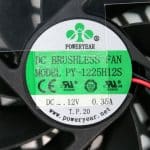
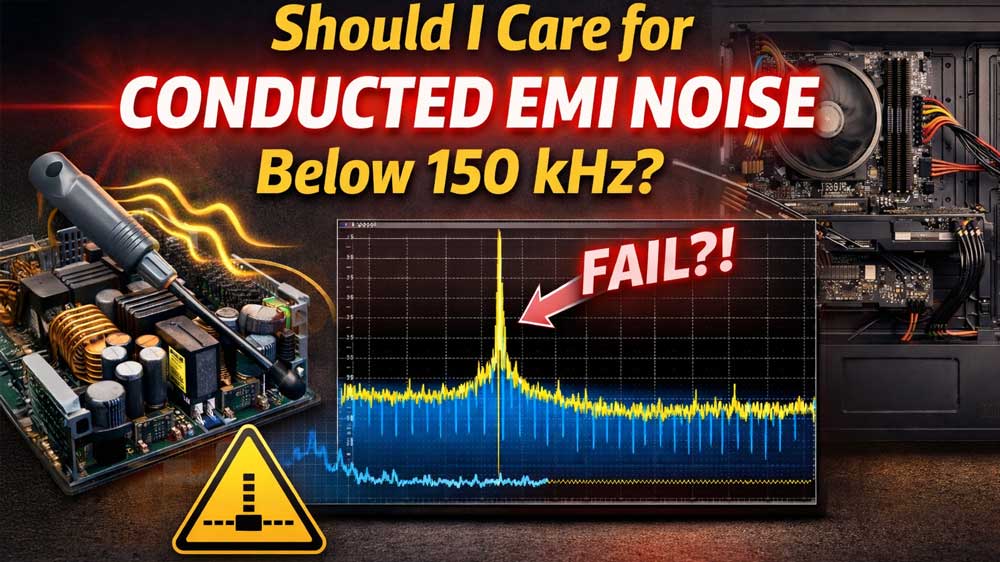
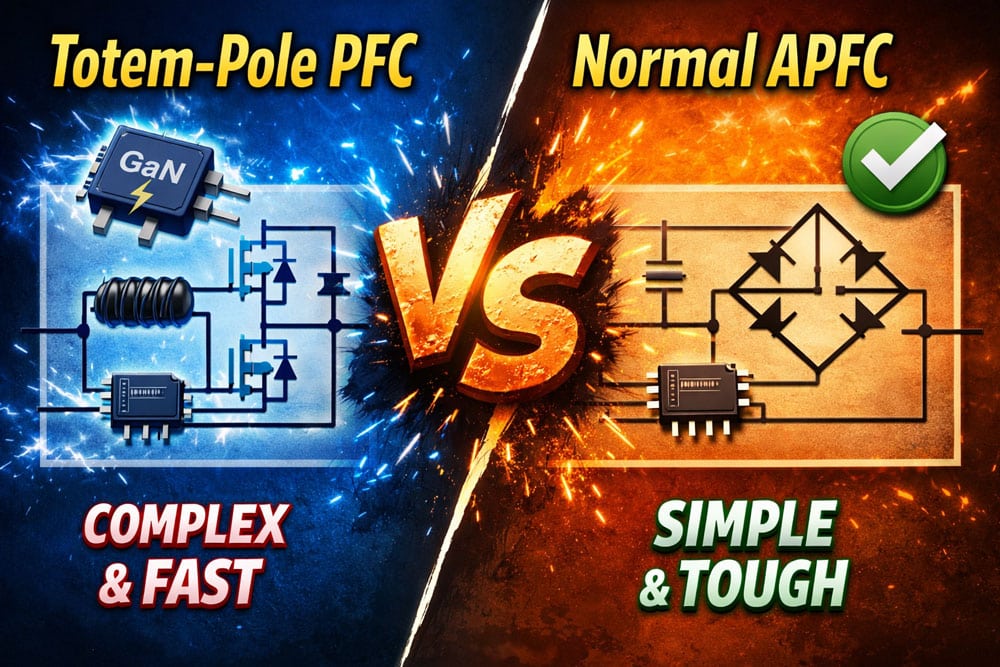
Fan is not of best quality, not ball bearing? Is the 109C temperature sensor reading on transformer?
Temperature the highest on the secondary side.